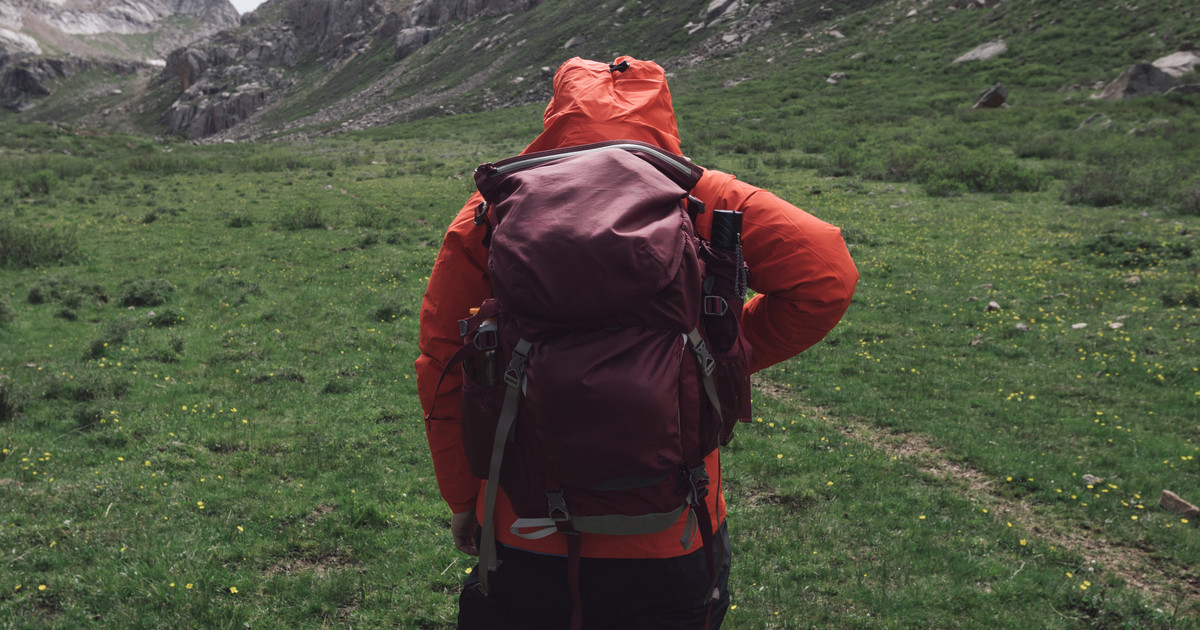How To Prevent And Treat Altitude Sickness
Altitude sickness, also sometimes referred to as mountain sickness, is caused by the drop in barometric pressure associated with high altitudes. It is not usually an issue for individuals who live at higher elevations, such as those in Peru, as their bodies adapt to the climate over time. But for those who are not accustomed to high altitudes, it can be debilitating. Symptoms of altitude sickness include trouble sleeping, nausea, vomiting, shortness of breath, loss of appetite, blue or pale skin, chest tightness, rapid heart rate, and headache. If left untreated, altitude sickness can even lead to life-threatening pulmonary or cerebral edema.
This article discusses a number of different prevention methods and treatment options to help individuals avoid or recover from altitude sickness.
Take Time To Acclimatize

To prevent altitude sickness, doctors advise patients to take time to acclimatize themselves to higher elevations. Altitude sickness is particularly common in hikers and skiers, and it occurs when patients climb to a higher elevation in a very short period. High-altitude areas have lower air pressure and lower oxygen levels than areas at lower elevations. When patients arrive at high elevations too quickly, the body does not have enough time to adjust to the reduced air pressure and oxygen at the new location. To compensate for the changes in air pressure and oxygen, the patient's breathing rate will naturally become faster in an attempt to increase blood oxygen levels. However, blood oxygen levels do not return to what they would be at lower elevations, and the body needs time to adjust to functioning with reduced oxygen. Most doctors suggest allowing a minimum of ten to fourteen days to adjust to high altitudes, and many patients need twenty days or more to fully adjust.
Get more information on treating and preventing altitude sickness now.